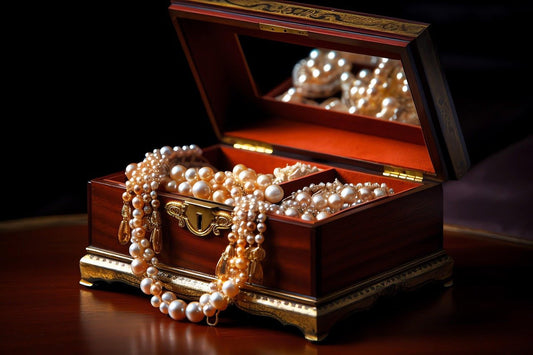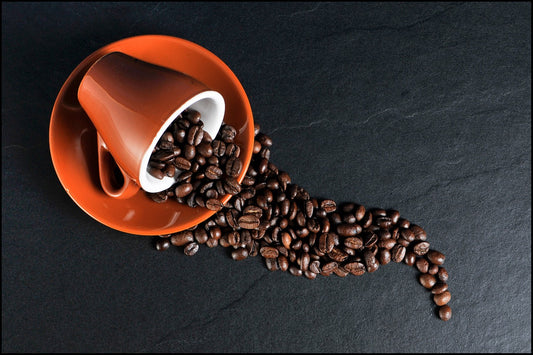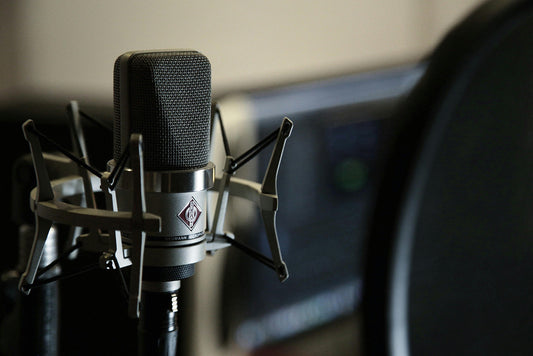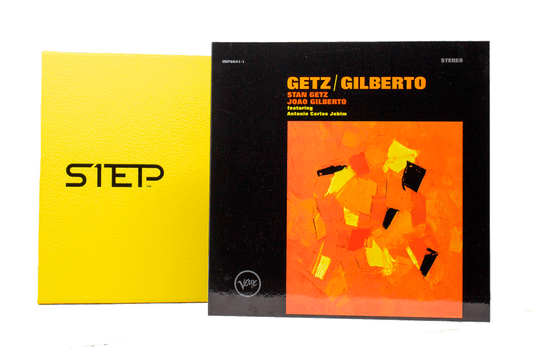There's an old saying that even a blind squirrel on occasion finds a nut. A humorous aphorism about stumbling into success.
The more we get involved in the recording industry the more convinced I become that the paucity of great recordings comes from the same set of circumstances dictating the quality of the average home stereo. Most people wouldn't know what we audiophiles consider truly great sound if their lives depended on it. Run-of-the-mill recording engineers included. The majority of their work is by audiophile standards mediocre. Once in a while, they stumble upon a great recording.
At Octave Records, we record exclusively in DSD because it sounds better than PCM and analog tape. But it's a pain in the butt to edit which is why few engineers take the time and effort to use it. And, if what you're working with sounds great to you, why would you bother?
Audiophiles know what remarkable sound is.
We're a rare breed of sighted squirrels.









